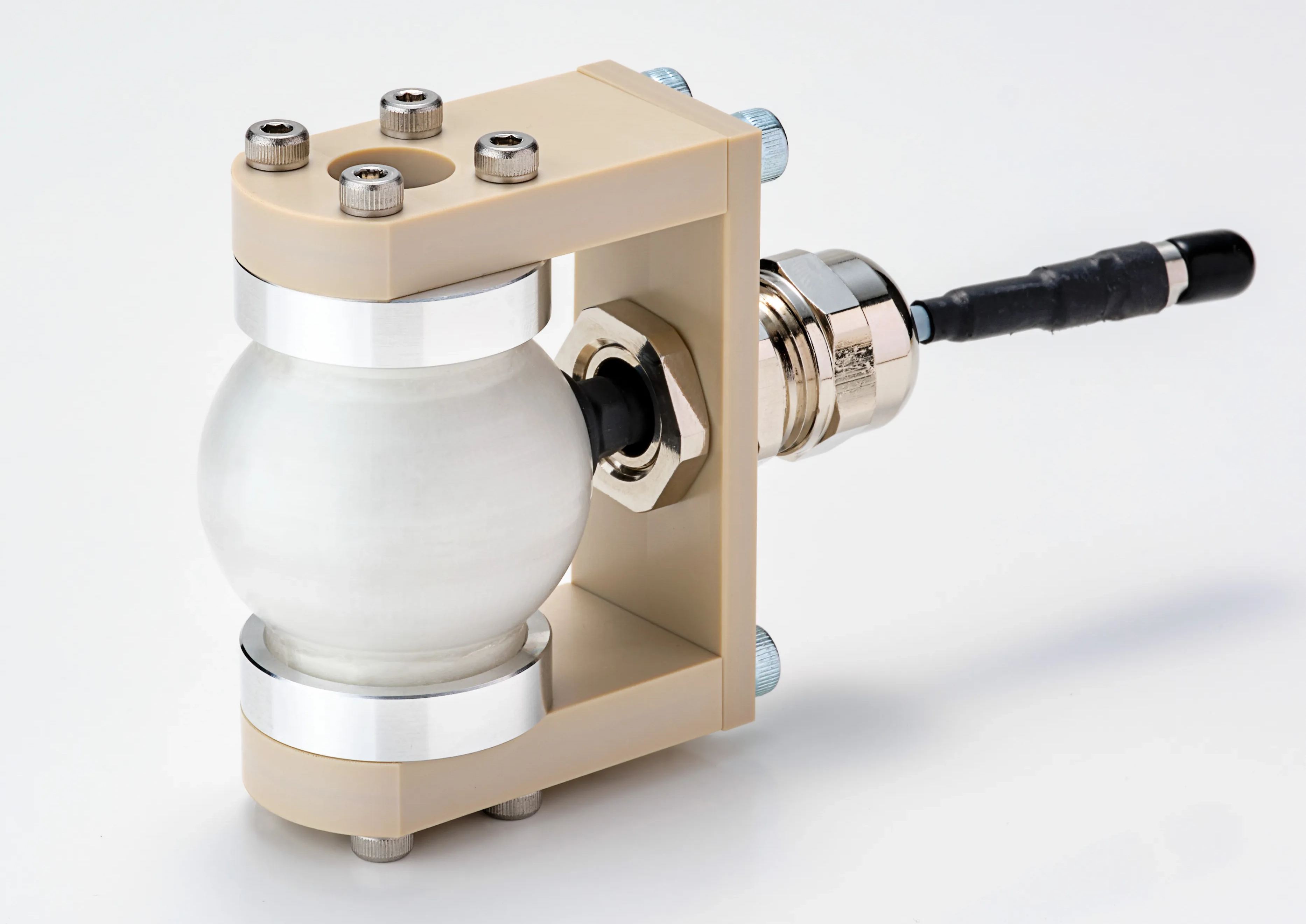Lens Antenna Utilized in Self-driving Bus Convoy Demonstration Experiment: Revolutionizing Mobile Communication with Use of Special Glass
A lens antenna made with special glass, developed by Nippon Electric Glass Co., Ltd. (Head Office: Otsu, Shiga, Japan), has been used in a self-driving bus convoy experiment conducted in Shiga Prefecture, Japan.
In this experiment, the lens antenna played a pivotal role in improving stable information transmission between buses in convoy, successfully addressing the challenges associated with conventional antennas used in standard mobile communication. This technology enables high-speed and high-capacity information communication through millimeter-wave communication.
Addressing Social Challenges: Achieving Stable Communication with Lens Antennas Using Special Glass!
Self-driving bus convoys, offering increased transportation capacity without the need for additional drivers, are being considered as a way to create region-specific transportation infrastructure and next-generation mobility services.
The demonstration experiment aimed to achieve convoying and self-driving of multiple buses through information communication between the leading bus and its followers.
The use of lens antennas made with special glass has resolved issues such as communication interruptions during turns in self-driving bus convoying, offering more stable information transmission compared to conventional antennas. Furthermore, it has improved throughput*1 and reduced latency compared to traditional antennas.
The lens antenna utilized in this experiment was designed using materials developed by NEG specifically for this demonstration. These lens antennas are adaptable to various conditions and functions, promising versatile applications in various aspects of daily life. We are committed to addressing societal issues that go beyond the realm of communication.
Details of Lens Antenna made with Special Glass
◆Ensuring Stable Communication Even During Turn
The lens antenna using special glass was developed to meet requirements for self-driving bus convoying.
Requirements for Antennas
-
Stable communication during turns
-
Compact size for easy installation anywhere
-
Resistance to deterioration caused by rain or snow
◆Advantages of Our Lens Antenna Using Special Glass
-
Customizable beam direction and area for application
In the demonstration experiment, a specialized glass material with suitable dielectric constant and low loss tangent is used for lens design. By reducing loss tangent, radio wave loss was minimized, and the lens shape could be adjusted to send radio waves in one direction or over a broader area.
-
Stable communication even during turn when communication is easy to interruption
The lens antenna allowed directing radio waves towards the necessary direction, preventing unnecessary radiation. It achieved communication in the millimeter-wave band with high gain*2 (9dBi) over a wide area, without null points*3. This innovation prevented communication interruptions during turns and ensured stable communication during convoying.
-
Potential application such as sensing radar with beamforming technology
-
-
Expanding the field of view for external vehicle sensors to enhance collision avoidance systems
-
Installing sensors inside vehicles to prevent child abandonment
-
Placing sensors in homes to monitor the well-being of elderly individuals
-
Details of the Product
◆Product information
| Name | Lens Antenna | |
|---|---|---|
| Application | Stable and efficient communication through millimeter-wave | |
| Specifications | Lens size | ø45mm |
| Frequency | 29.15GHz | |
| Bandwidth | 100MHz | |
| VSMR | 1.5 and less | |
| Gain | 9dBi | |
| Half-power beamwidths (HPBW) | Vertical±10° Horizontal±90° |
|

-
Specifications are adaptable to application and condition.
-
Amount of data processed per unit of time; communication speed
-
The strength of the radio waves transmitted and received by the antenna
-
The direction of little gain in the range of antenna directivity